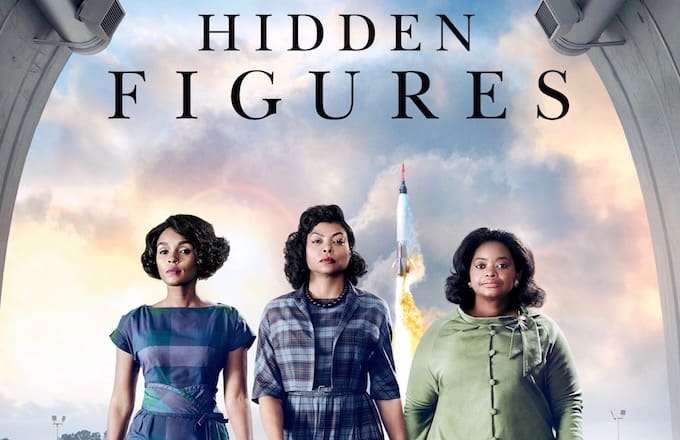Hidden Figures

Safecity is reviewing films that are stepping out to highlight the innate gender roles, discrimination, stereotypes, sexual harassment, misogyny and sexism which have been an ingrained part of cinema for a long time through our blog series “Feminism in Reel Life”authored by Ishmeet Nagpal.
A dentist turned social activist, Dr. Ishmeet Nagpal has been working for women’s health and gender rights for 4 years in different parts of India. Currently in Mumbai, she works with students and journalists, on issues of gender identity and gender perceptions, as well as sexual harassment at the workplace.
Hidden Figures: A must watch slice of feminist history
Hidden Figures is the story of three women of colour who helped put “man” on the moon. Based on the non-fiction book of the same name by Margot Lee Shetterly about African American female mathematicians who worked at the National Aeronautics and Space Administration (NASA) during the Space Race, the film stars Taraji P. Henson as Katherine Johnson, a mathematician who calculated flight trajectories for Project Mercury and other missions, Octavia Spencer as NASA supervisor Dorothy Vaughan and Janelle Monáe as NASA engineer Mary Jackson.
Though the story is set in 1960’s, there is an eerie present day ring to the mysogynist attitudes described in the story, for example, even the nicest of men in the movie fall into the traps of their ingrained patriarchal language time and again, be it the Army man wooing Katherine, who scoffs that scientific calculations were “pretty heavy stuff” to be entrusted to women, or Mary’s husband who complains Mary hardly spends any time at home with the kids. However, we see them realize the potential of these women through the course of the movie and be supportive and proud of them in equal measure.
The exemplary faith in their own abilities that the protagonists have is an inspiration for all women of today. As Mary aptly demonstrates, any glass ceiling can be broken, there just has to be a first one- a first woman doctor, a first woman engineer, a first woman President, and anything and everything else. She petitions a court to allow her to be the first African-American female student in an engineering course and shows us that freedom is not always won by fighting, that “there’s more than one way to achieve something”.
The intersectionality of race and gender makes the struggle of these women even more praiseworthy- be it struggling to find a bathroom in a racially segregated campus, or calling out a room full of Caucasian colleagues for their sly racism in offering them coffee from a separate kettle. As the movie progresses the three protagonists don’t just achieve their own dreams, but also uplift their other women colleagues. Dorothy is undeterred by a huge computer taking over the mathematicians’ jobs and figures out a way for them all to be indispensable by learning to programme said computer. This computer in the end, also falls short of the expertise Katherine brings to their mathematical calculations, helping an astronaut to safely orbit Earth and land back, setting the stage for the mission to the moon.
An interesting change in dynamics between the Caucasian women and women of colour, as the story progresses, makes this film a must watch for young feminists. This is the ray of hope and positivity we need to help us keep going on our paths.
Opinions expressed are of the writer.


